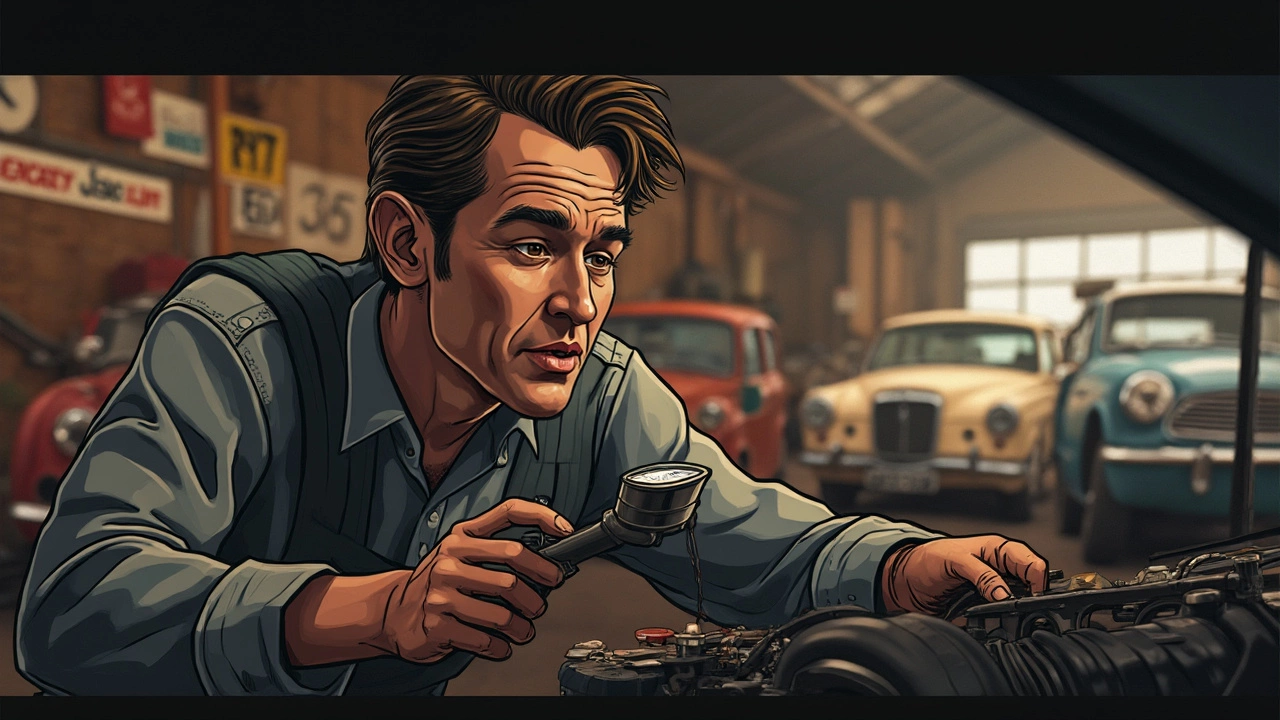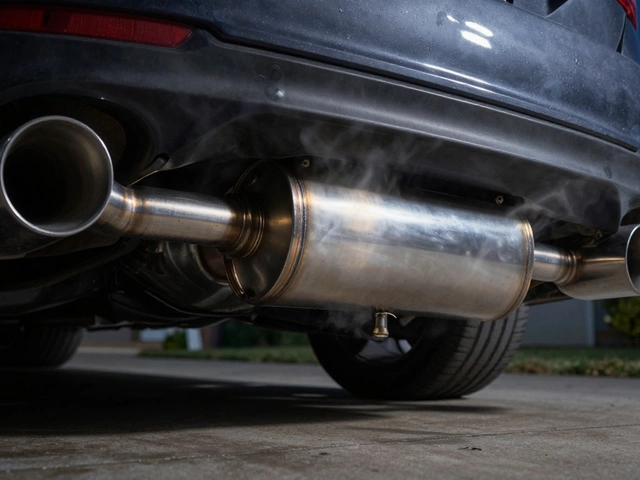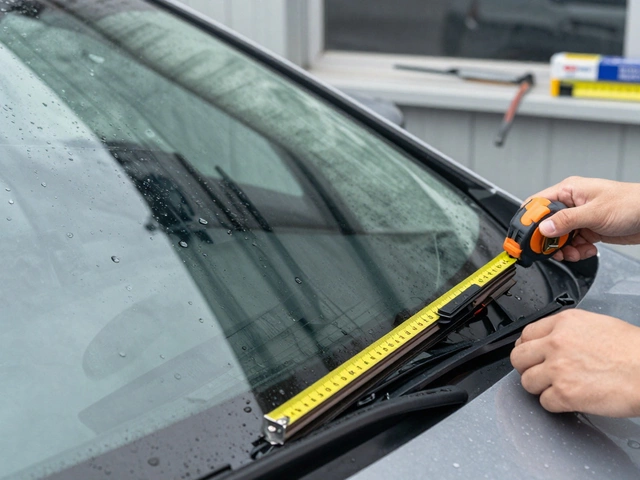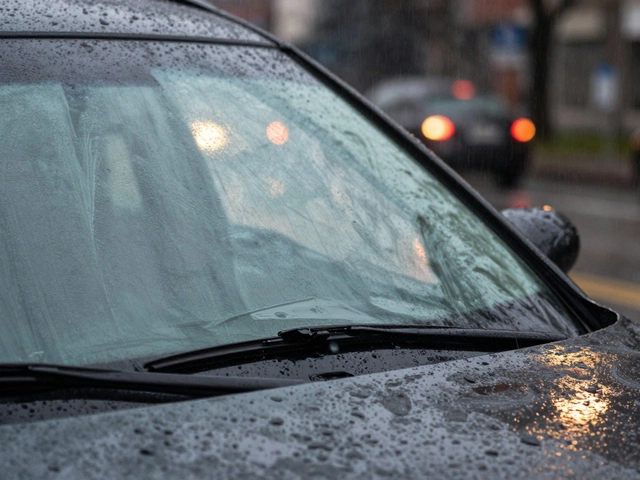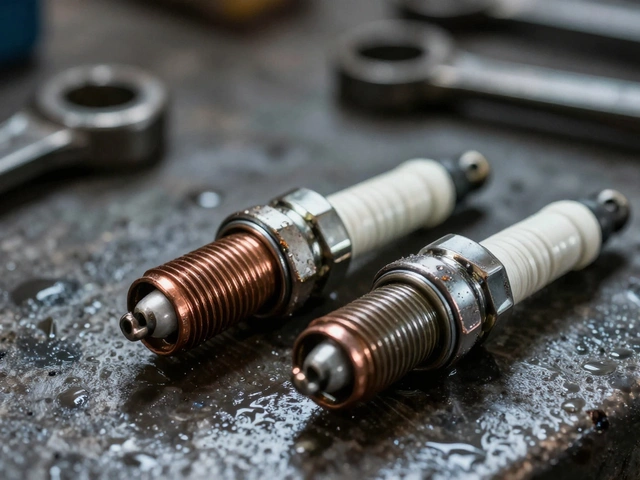Bad Flywheel Signs and What to Do Next
When your bad flywheel, a heavy rotating disc that connects your engine to the transmission and smooths out power delivery. Also known as a crankshaft flywheel, it plays a quiet but vital role in keeping your engine running steady. When it wears out, you don’t just hear it—you feel it in your feet, your steering wheel, and your wallet. Most drivers never think about the flywheel until something goes wrong. But when it does, it often shows up alongside other clutch problems, making it easy to misdiagnose.
A dual mass flywheel, a more complex version with two pieces and a damping system to reduce engine vibrations is common in modern cars, especially diesels and turbocharged engines. These are more prone to failure than older single-mass designs. Signs you’re dealing with a failing one include clunking or rattling noises when shifting, vibrations that get worse as you accelerate, or a clutch that feels spongy or doesn’t engage smoothly. If you’ve already replaced the clutch and the problem came back, the flywheel is likely the real culprit. You can’t just resurface it like a brake rotor—once the damping springs or friction surface are damaged, replacement is the only fix.
A clutch problems, issues with the system that disconnects the engine from the transmission during gear changes often get blamed when the flywheel is the actual issue. A worn flywheel can cause the clutch to slip, chatter, or fail prematurely. That’s why mechanics always check the flywheel when replacing a clutch—it’s not an optional step. Ignoring it means you’ll pay twice: once for the new clutch, and again when the same symptoms return in a few months.
Engine vibration isn’t always the engine’s fault. A cracked or warped flywheel throws off the balance, sending shocks through the drivetrain. You might notice it at idle, or when you let off the gas. Some drivers think it’s a bad motor mount or transmission issue. But if your car shakes only when the clutch is engaged or disengaged, the flywheel is the prime suspect. The good news? Catching it early means you avoid damage to the transmission or crankshaft. The bad news? Flywheel replacement isn’t a quick job—it takes hours, and labor costs add up fast.
You won’t find a warning light for a bad flywheel. It doesn’t trigger a check engine code. That’s why so many drivers wait until the problem becomes impossible to ignore. If you’ve had recent clutch work, or if your car is over 80,000 miles and you’re feeling unusual vibrations or noises, don’t assume it’s normal wear. A bad flywheel won’t fix itself—and it won’t wait for you to be ready.
Below, you’ll find real-world guides from drivers who’ve been there—how they spotted the signs, what they were told by mechanics, and how much it actually cost to fix. No guesswork. Just what works.
